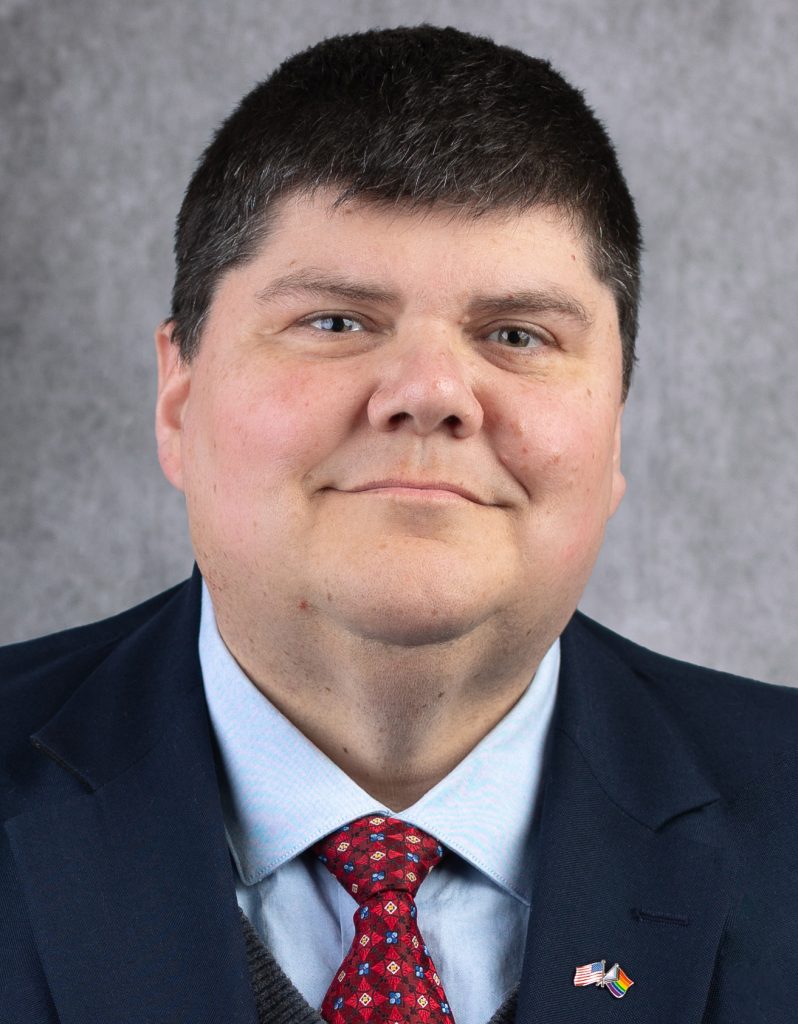Partner and Change the World
By Bryan D. Smith | 1/4/2024
BRYAN D. SMITH
CEO
CityBus
Lafayette, IN

In the realm of local economic development, the maxim ‘Never doubt that a small group of thoughtful committed citizens can change the world. Indeed, it is the only thing that ever has,’ by Margaret Mead holds profound relevance. At my first full-time transit job at PARTA, Kent, Ohio, partnering was not just a strategy, but a necessity due to our small agency’s limitations.
One notable success was the formation of the Ohio Transit Risk Pool (OTRP), where agencies collaborated for better pricing on P&L insurance. OTRP, now nationally recognized, exemplifies the strength of collaborative efforts over two decades.
Partnering was also critical for the Kent Central Gateway project. After years of stakeholder meetings in the basement of the fire station, the City of Kent, Kent State University, and PARTA were able to join in a grant application for the TIGER program and were awarded TIGER Grant #1 for $20M to build a multimodal transfer station in downtown Kent. Our grant application promised $80M in other investment, and we exceeded that by $20M for a total (at the time) of $100M in investment in downtown Kent.
For me, these successes have led to a whole career of looking for partners in the communities where I work. In Champaign-Urbana, at the Mass Transit District (MTD), partnerships were the way of doing business. Senior staff were encouraged to join civic groups like Rotary to make sure they were plugged into the community, and staff had opportunities to have informal conversations about public transit with various people.
Another TIGER grant awaited me when I got to MTD for the CORE project, a reimagining of the corridor between Champaign and Urbana at the center of the University of Illinois. Buses, bikes, and pedestrians have priority to maximize mobility through the corridor. There is no way this project could have advanced without the close partnership of both city engineers and city leaders. Karl Gnadt, MTD CEO, championed partnerships in that project and with the Illinois Terminal, which had much the same effect on downtown Champaign as the Kent Central Gateway had on Kent.
At TheRide in Ann Arbor, Michigan, a partnership was the only way forward to help the agency overcome conflicts at transfer centers. We convened a group of stakeholders in Ypsilanti and quickly came up with a partnership with a local youth support center, the Ozone House. They were located a few blocks from the transit center and plugged in to the daily activity there. The conflicts at the transit center revolved around youths who met at the center to transfer routes.
Initially, we considered hiring a police officer to patrol the center but found none of the local forces had an officer to spare, even if we paid the costs. That led us to partner with the Ozone House, where they provided a staff member 30 hours a week at the transit center. They would check on people who had been at the center longer than a pulse, would know teens from the community, and interact with them before any conflict started.
TheRide went from having weekly disturbances at the transit center to less than one a month. The reduction may not seem directly connected to economic development. Still, the agency had started to get complaints about the transit center, with passengers saying they didn’t want to transfer there, and nearby residents concerned about safety. There isn’t a hard data line to draw, but after this partnership, those complaints dissipated. Since then, TheRide has been able to work with community stakeholders on redesigning and reconstructing the transfer center, which is in progress now.
TheRide was also successful in Ann Arbor, partnering with The Neutral Zone, another teen drop-in center a few blocks from the Blake Transit Center in downtown Ann Arbor. TheRide exchanged monthly passes for teens participating in a year-long leadership internship with the Neutral Zone for assistance from those interns in coaching their peers on the bus and at the transit center. The street supervisors also got to meet the interns when dropping off the passes, allowing for an informal and stress-free exchange, which enhanced relationships elsewhere.
Finally, as I have spent my first year at CityBus in Lafayette, Indiana, I have found a community open to partnerships. Twenty years ago, CityBus constructed buildings near our downtown transit hub leased to childcare centers. The demand in the area for additional childcare is enormous, and we just launched a comprehensive operations analysis project that will include planning for more childcare space at future hubs. I expect it may take several years to open new hubs, but I am confident they will be built in partnership with the cities, educational institutions, and private entities.
As Margaret Mead said at the top of this article, each partnership required a small group of dedicated people. It took time. We didn’t just meet when there was a pressing need but had regular conversations about common interests. Sometimes, the topic didn’t revolve around public transit. Often, zoning, land use, and parking policies would come up, and everyone in the room didn’t welcome a transit perspective.
In essence, the common thread in these experiences is the emphasis on relationship-building before project success and the willingness to prioritize collective gains over individual victories. These examples underscore the transformative potential of partnerships in local economic development.